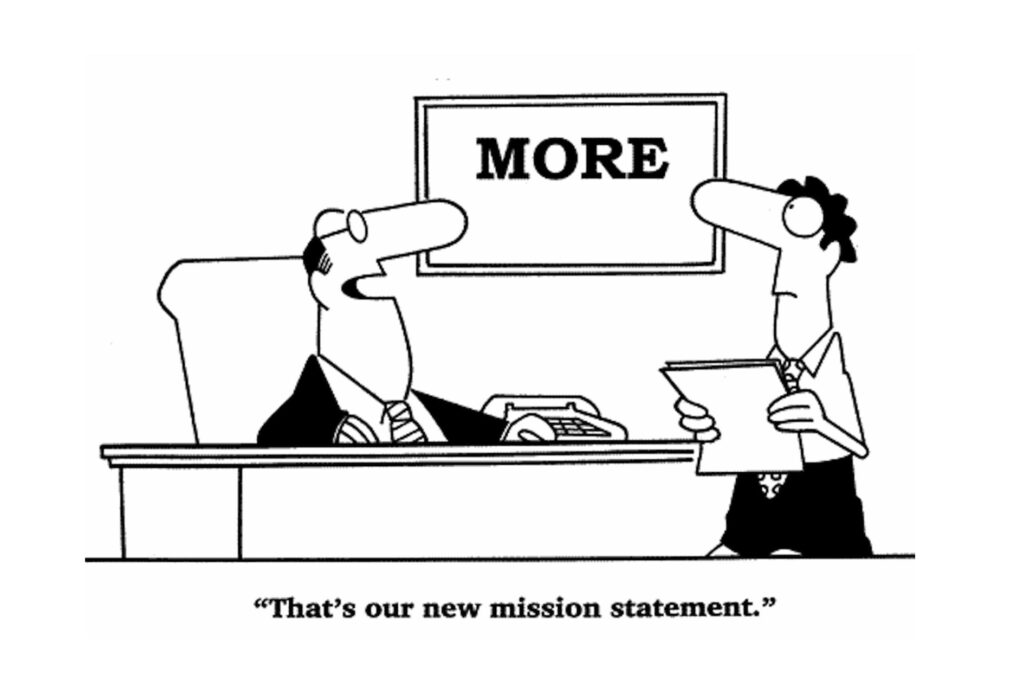Most athletic department mission statements sound the same: “…support the mission of the college… develop student-athletes… promote diversity, tolerance and acceptance… build champions on and off the playing field…. academic success…” and several other catch phrases. These all represent valid goals, but what do they really mean for each institution? Are they real, pursuable goal areas or empty rhetoric?
Your mission statement may sound good, but it also may sound like 95% of all other athletics department mission statements. How are you unique? How do you distinguish your program from others in your conference, your region or in your division? More importantly, how do you pursue and live your mission?
These distinguishing elements are what matter, and are the key to putting your Mission in Motion. Three things must be present in order for any mission statement to be useful:
- Clarity
- Connection
- Strategy
Clarity provides focus for your core purposes and functions. Connection links everyone’s work to the mission. Strategy prescribes action.
Clarity: The power of ‘W’
First, you need to get clarity on your core purposes and vision for success, by answering:
- WHAT is it that your program does? Why does it exist? To provide competitive opportunities? Teach life skills? Develop leadership? All of these are valid, but make sure that you are clarifying WHAT you actually DO and not just try say things that sound good.
- WHO are you serving? Obviously, your student-athletes are the primary people, but are there others? Alumni? Community? Just be sure to clarify any groups you intend to serve in some capacity.
- WHY do you do what you do? This gets at what success looks like. What outcomes are you hoping for? These outcomes should be the driving force behind your actions.
Connection: What’s in it for me?
Even when the entire department is engaged in developing a mission statement, few often can connect their day-to-day work to the mission’s goals. It is vitally important to spend time as a group, and individually, discussing everyone’s roles and responsibilities in supporting the mission. Annual staff performance objectives should reference the department mission and the individual’s work in supporting it.
Strategy: Setting objectives
To activate everything and everyone, you must identify things (actions) that will support your mission (core purposes, functions). Mission statements identify GOALS, which are broad, reaching and continuous. OBJECTIVES are benchmarks that, when achieved, support continuous progress in realizing your mission.
So Putting Your Mission in Motion requires a clear sense of purpose, engaged staff and, most importantly, specific strategies (objectives/actions) that prescribe your work. If your mission statement says you develop life skills, be sure you also articulate how you develop them. Annually, there must be specific objectives to support developing life skills for your student-athletes. What strategies will you employ this year, and what action steps are necessary to achieve your objectives?
The bottom line for mission statements is being able to demonstrate how you do what you say you do.

